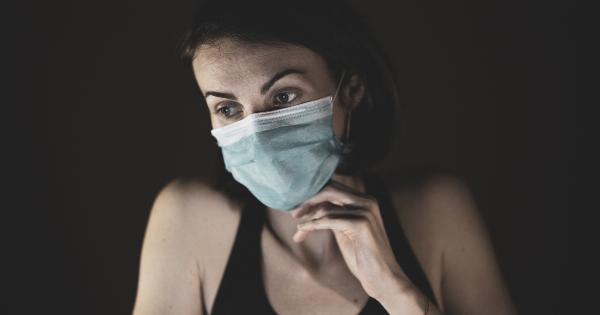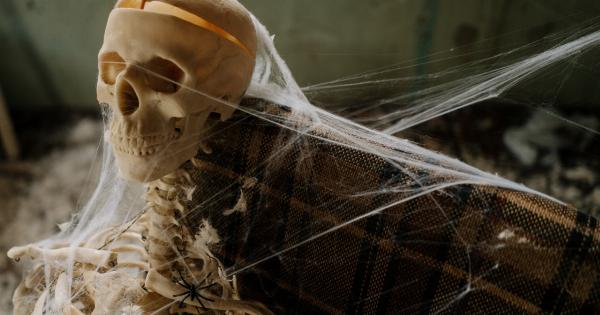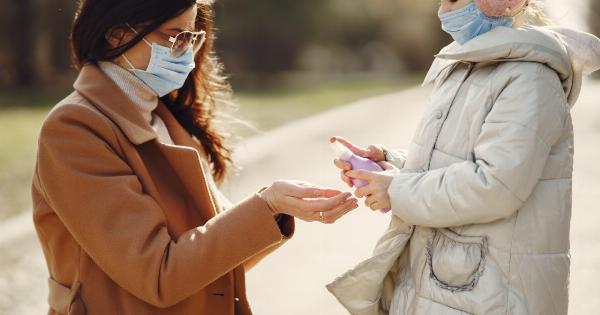Flu season every year brings out a sense of fear and uncertainty. This year, however, the situation is different. The seasonal flu has been overshadowed by the COVID-19 pandemic which has brought the entire world to its knees.
While the world struggles to fight against COVID-19, the seasonal flu has not stopped claiming lives. One such instance is the story of the 141 flu victims.
What Happened?
On February 6th, 2019, a flight carrying 144 passengers landed in the US after a two-week-long journey across the Antarctic.
All the passengers were researchers and scientists who had been working in a remote research station named Amundsen-Scott South Pole Station. They had been preparing for this journey for months and had undergone thorough medical checkups before boarding the flight.
Upon landing in the US, everyone went to their respective destinations, but within a few days, several of the passengers fell ill. They had symptoms such as high fever, body aches, cough, and sore throat.
As the number of infected individuals started increasing, a team from the Centers for Disease Control and Prevention (CDC) was sent to investigate.
The Investigation
The CDC team started their investigation by interviewing the passengers and taking their medical histories. They found that the passengers had undergone a thorough medical checkup before boarding the flight and had not shown any signs of illness.
They also noted that the research station and the flight crew had strict protocols in place for preventing the spread of infectious diseases.
When the team tested the patients, they found that all of them had been infected with the H3N2 strain of the flu virus. This strain is known to cause severe illness and can be deadly in some cases.
The CDC team also found that the virus had undergone a significant mutation which had made it difficult to treat.
The Aftermath
During the investigation, it was discovered that 141 out of the 144 passengers on the flight had been infected with the virus. Three passengers remained unaffected. The infected individuals were immediately isolated and given the necessary treatment.
However, the virus had caused significant damage, and it took several weeks for people to recover completely.
The incident shocked the scientific community and raised concerns about the impact of the flu virus in the future.
While most people recover from the seasonal flu, it can be deadly for some vulnerable populations, such as the elderly, young children, and people with underlying health conditions.
Preventative Measures
The CDC recommends getting the flu vaccine every year as a preventive measure against the flu virus. While the vaccine may not guarantee complete protection, it can reduce the severity of the illness and prevent complications.
Apart from getting vaccinated, the CDC recommends washing hands regularly, covering coughs and sneezes, and avoiding close contact with sick individuals.
During the COVID-19 pandemic, it is even more crucial to take preventive measures against the flu virus. The pandemic has already strained the healthcare system, and another outbreak of the flu virus can add to the burden.
Taking simple measures such as wearing masks, maintaining social distancing, and avoiding gatherings can help prevent the spread of both COVID-19 and the seasonal flu.
Conclusion
The incident of the 141 flu victims highlights the need for greater awareness about the impact of the flu virus. While it may not be as deadly as COVID-19, the seasonal flu can still claim lives and cause significant damage to individuals and families.
Getting vaccinated and taking preventive measures is the need of the hour.



























